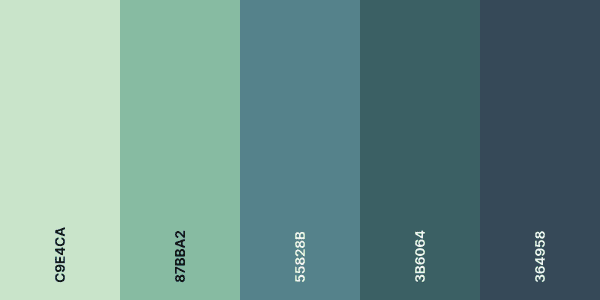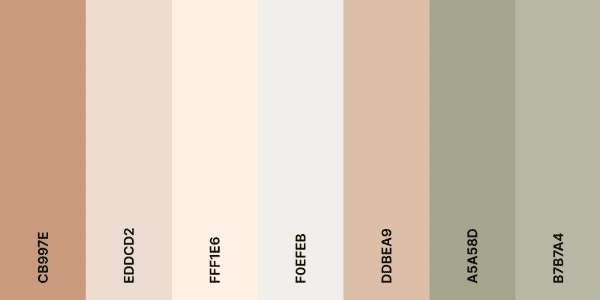How to Choose a Color Scheme for your House
Have you ever walked into a house that has vastly different colors in every room? How did it make you feel? Rooms that differ greatly in color can make a house feel very separate and not well thought out. Choosing a color scheme for your house that you can pull through each room can make the entire home feel more cohesive and less disjointed. If you’re someone who likes to decorate and experiment with color, you can still do that while choosing a cohesive color scheme that works for your entire home!
Pick Your Favorite Colors
Opting for a color scheme for your whole home doesn’t mean you have to sacrifice the colors you love. Take inspiration from items you already have in your home that you love. Maybe it’s a lamp, wall art, decorative vase – whatever it may be, use those colors as your inspiration. If you have colored furniture, countertops, or cabinets, that color should be added to your color scheme. For a completely fresh start, just choose colors that you love!
Utilize Color Theory for Your Color Scheme
Based on color theory, there are three different color schemes you can use that will look good together.
Monochromatic
The easiest color scheme to pull off is a monochromatic color scheme. This is because you only need to use different shades of one single color. It’s virtually impossible to mess up. For example, if you choose to do a green color scheme, you can range from very pale green to a nice dark army green.
Analogous
The second type of color scheme for your house that you can choose is an analogous color scheme. Analogous colors fall next to each other on the color wheel. So, you could choose colors like reds and purples, blues and greens, yellows and oranges, etc. The key to this one is to choose varying shades of each. Pure, bright colors will feel a little extreme, but lightening or darkening them slightly makes a huge difference.
Complementary
Finally, there’s the option of a complementary color scheme. Complementary colors can be found opposite of one another on the color wheel. When paired together, these colors help each other pop in a way that they wouldn’t next to other colors. It’s important to pick the correct shades when choosing complementary colors. For example, red and green are complementary colors. If you aren’t careful, you could end up with a house that looks like a Christmas d
isplay. But, a nice olive green paired with a burgundy color creates a very regal, rich-looking color scheme. It’s all about playing with values.
Implementing Your Color Scheme
When starting to shift to the new color scheme for your house, remember that less is more. You don’t need to paint every room a different color out of your color scheme. Instead, you should stick to a fairly neutral wall color that flows from room to room and use your brighter colors as accents in each room.
Use these neutrals to highlight the colors in your color scheme. Add décor, throw pillows, and little hints of your color scheme in each room to tie it all together. If your colors seem a little redundant, simply refer back to the three types of color schemes. What other colors can you add pieces of in different rooms to mix things up? If you are using a monochromatic blue color scheme, consider adding a burnt orange picture frame based on the complementary color scheme to add more depth to a room.
If you don’t want every room to have the same feel, you can play around with shades and vibrancy. Rooms that are more calming like the bedrooms may have more muted colors while the living area may have more saturated colors. Some rooms may have more color added to them, while others may stay fairly toned down. Play around with your colors and go with what feels right to you.
If your space is too dark and your colors aren’t popping the way you want, check out our tips on how to brighten up a dark space!
That’s it! Those are the tips on how to choose a color scheme for your house! For more tips on how to enjoy your home, make sure to sign up for our once-monthly blog newsletter.











